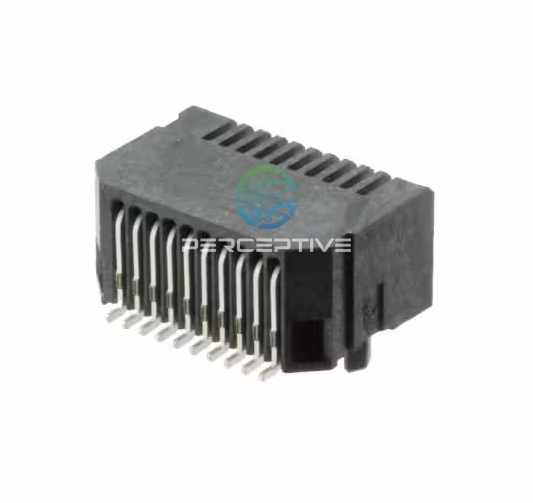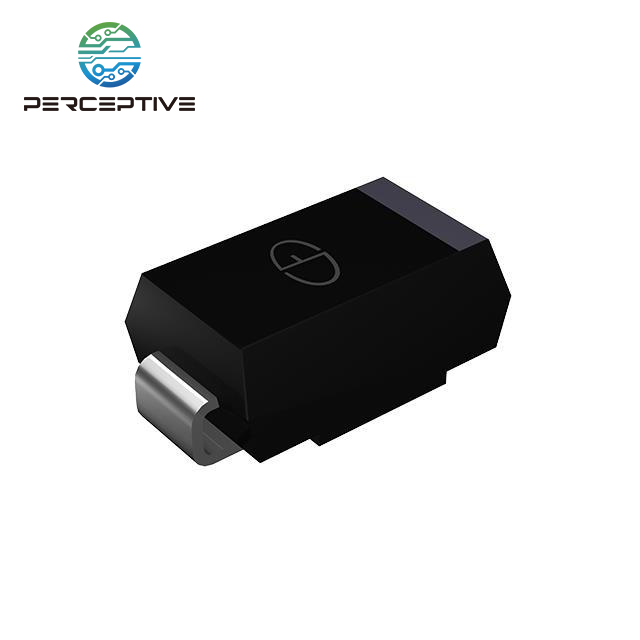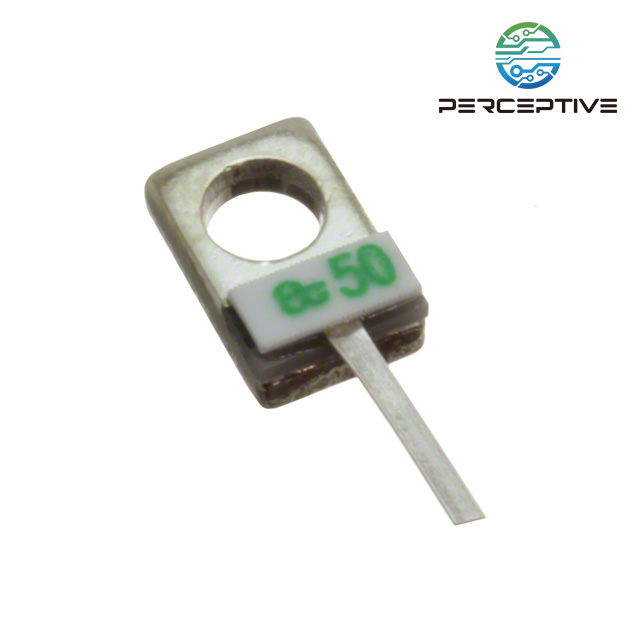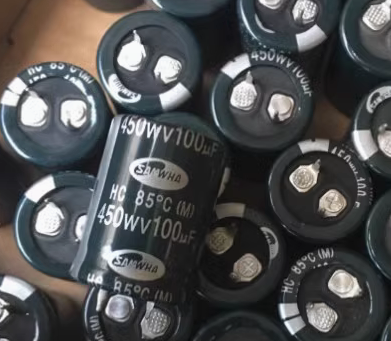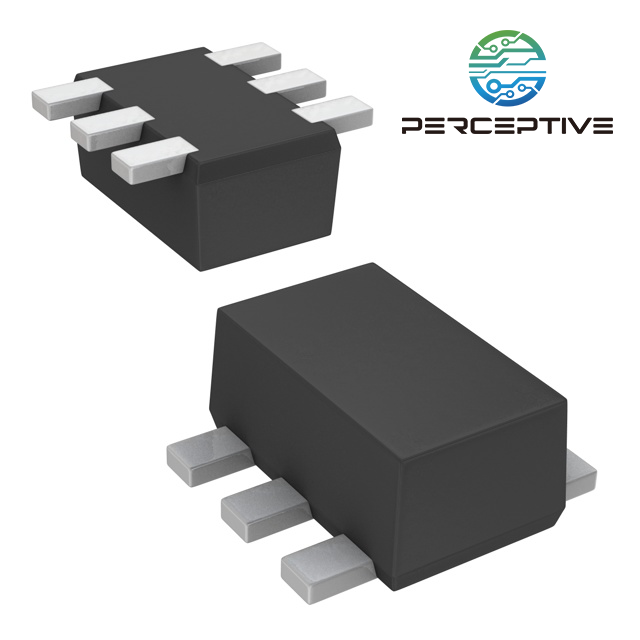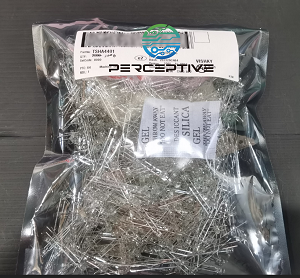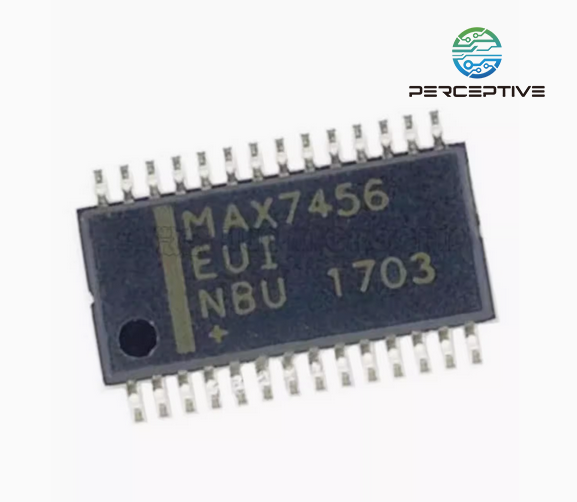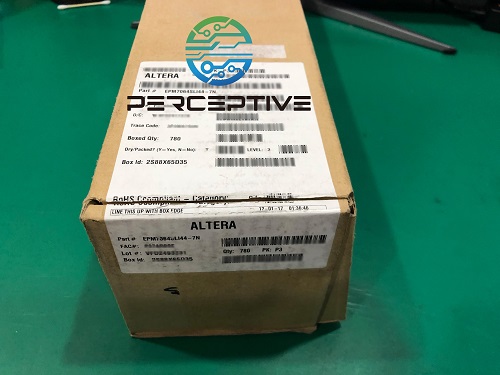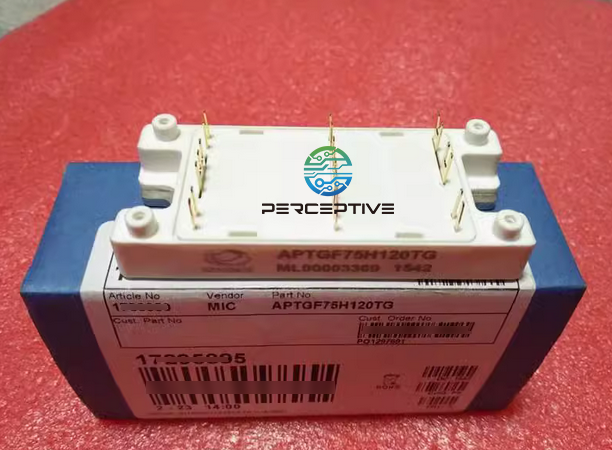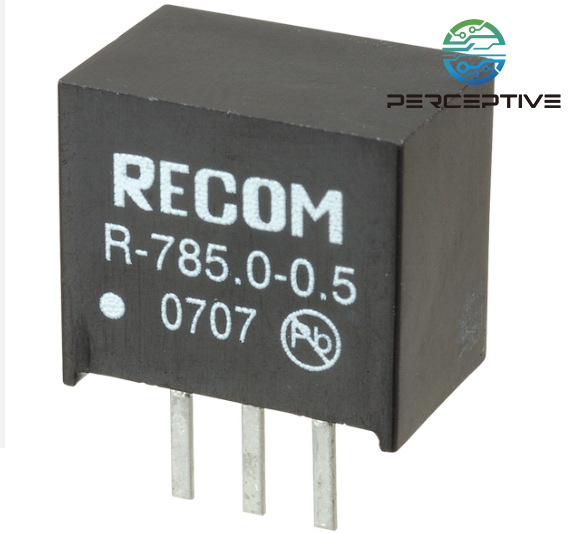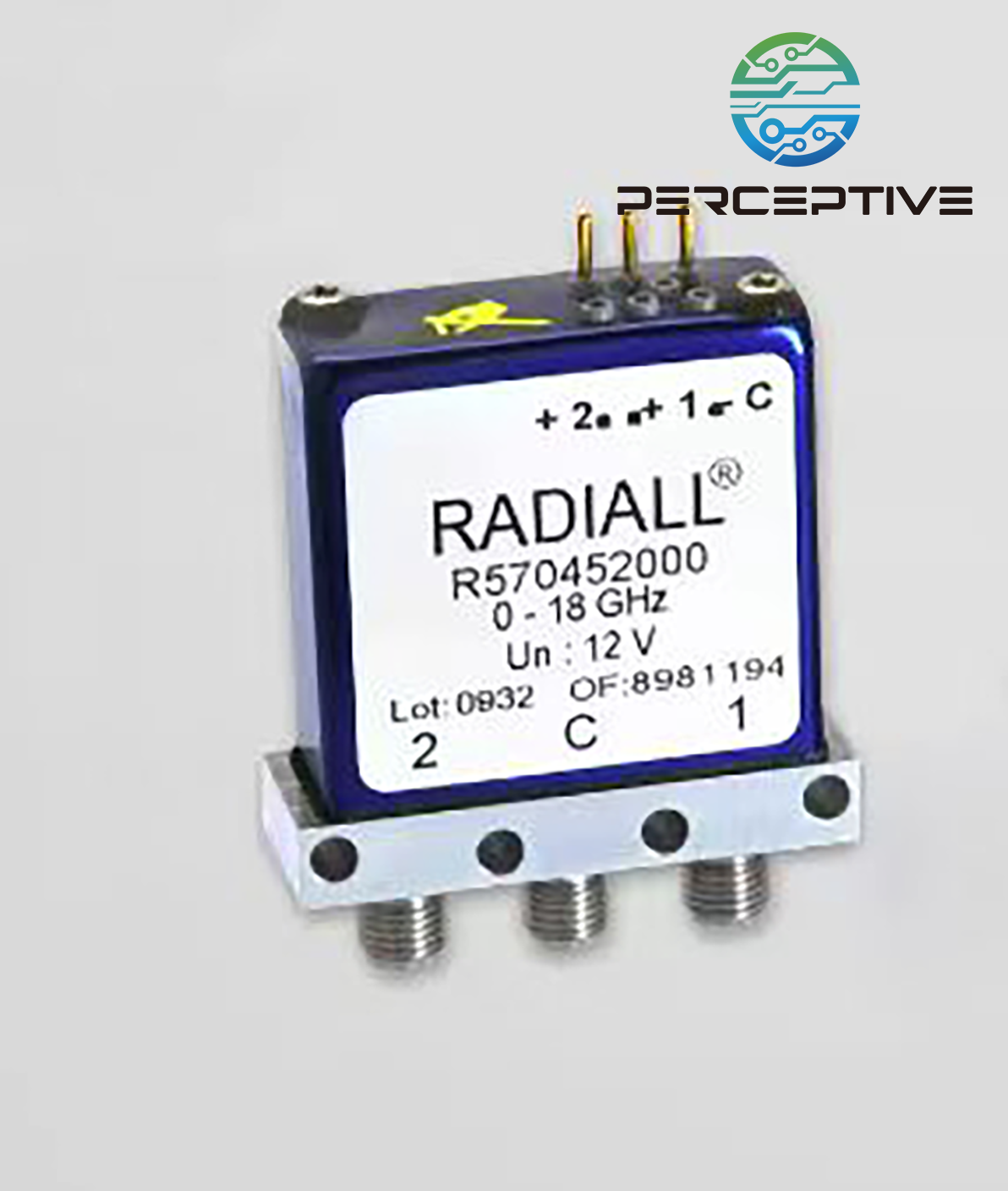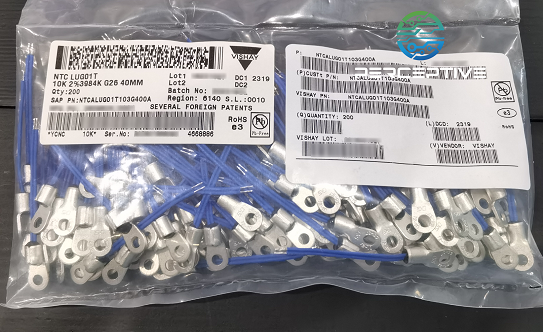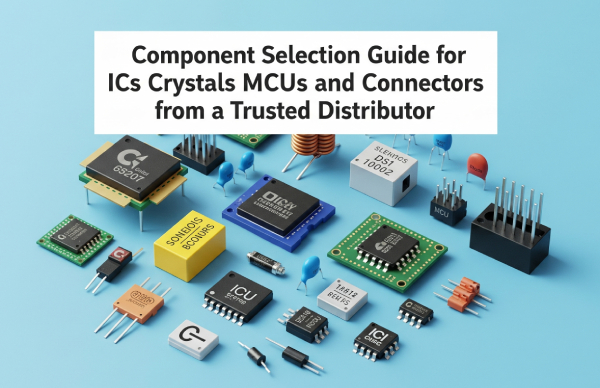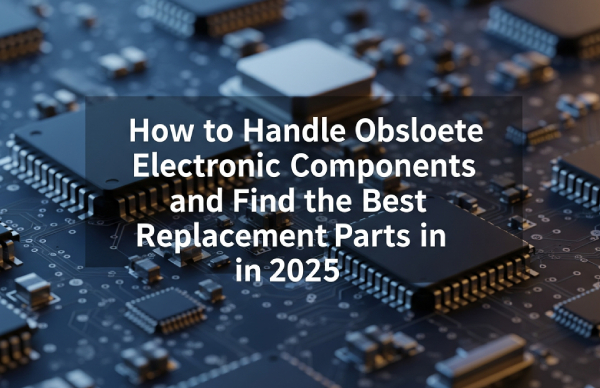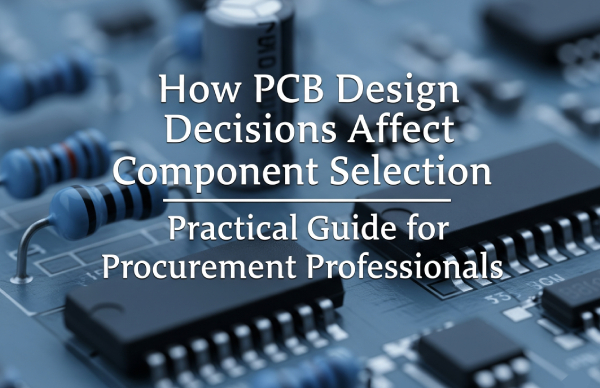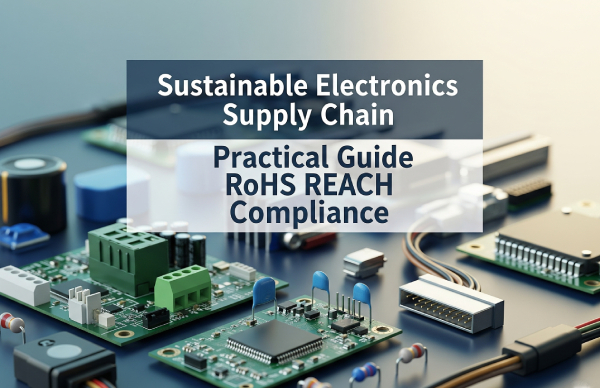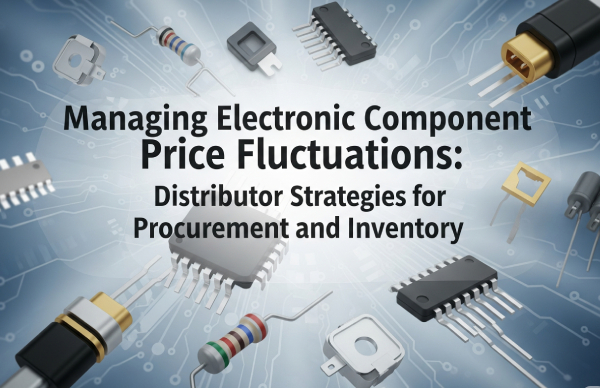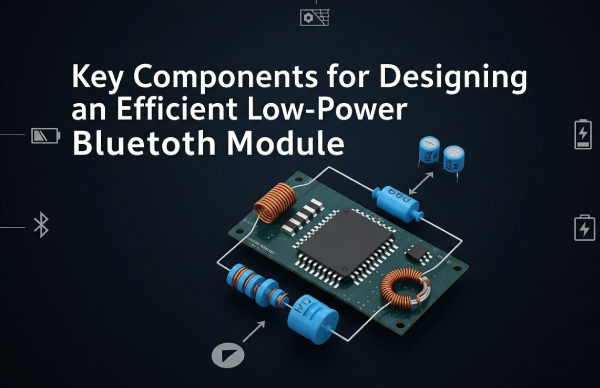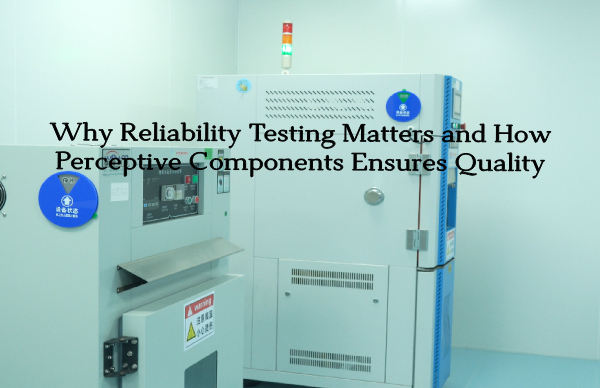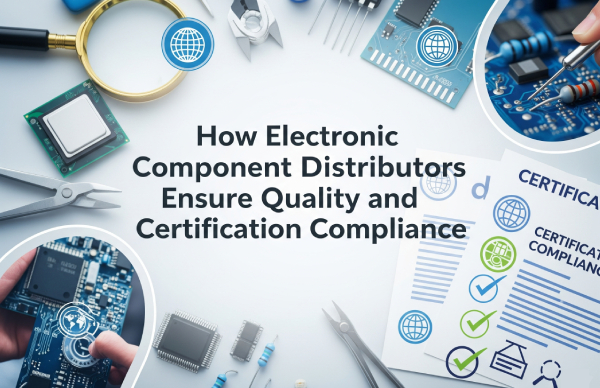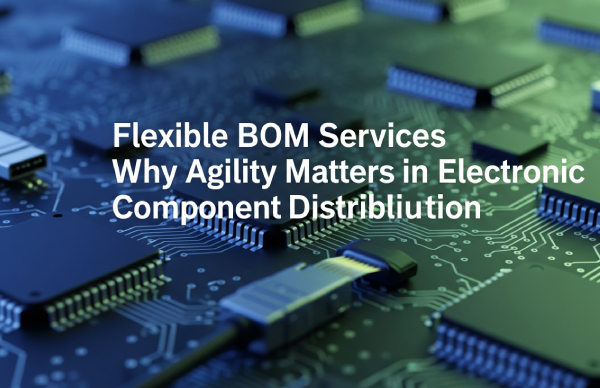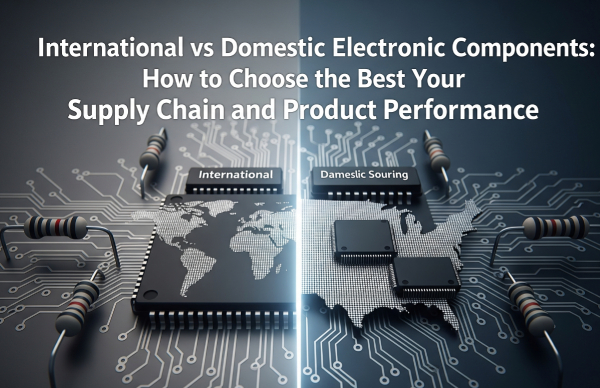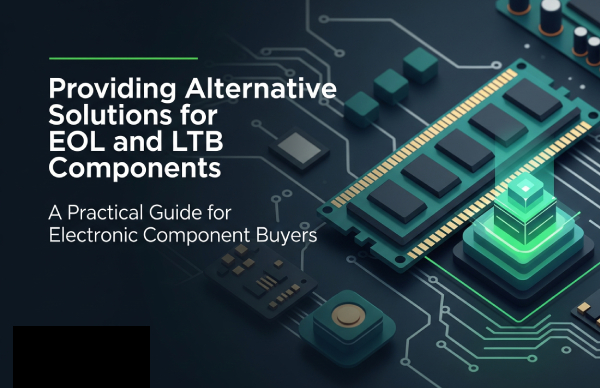In today's fast-paced electronics industry, selecting the right components—whether integrated circuits (ICs), crystal oscillators, microcontrollers (MCUs), or connectors—can make or break a product's performance, reliability, and time-to-market. From hardware engineers to procurement managers, understanding the core criteria for component selection is vital for achieving both technical excellence and supply chain efficiency.
This guide outlines the practical considerations when choosing commonly used components, while integrating insights from recent technological trends and supply chain realities.
1. Integrated Circuits (ICs): Focus on Functionality, Lifecycle, and Footprint
Key Factors:
Functionality vs. Integration: Increasingly, engineers are opting for highly integrated ICs to reduce board space, power consumption, and BOM cost. However, over-integration can pose design rigidity. Assess if discrete solutions or SoCs offer better design flexibility for future upgrades.
Lifecycle & Availability: With obsolescence accelerating in certain lines (especially legacy analog or older digital ICs), always verify lifecycle status. Cross-reference with suppliers offering last-time-buy (LTB) support or authorized lifecycle extension programs.
Power and Package Considerations: In battery-driven or compact devices, power efficiency and thermal performance are key. Package type also affects PCB real estate and heat dissipation.
Emerging Insight: AI and IoT edge applications are driving the demand for specialized ICs with built-in machine learning capabilities and secure processing units. Consider application-specific ICs (ASICs) or configurable logic devices where futureproofing is a concern.
2. Crystals and Oscillators: Stability, Tolerance, and Environmental Suitability
Key Factors:
Frequency Stability & Tolerance: These are critical for timing-sensitive applications like wireless communication and USB. Ensure the crystal matches the tolerance required by your system—±10ppm or tighter for precision systems.
Drive Level and Load Capacitance: Improper matching can lead to degraded startup performance or even damage. Consult datasheets carefully and consider working with vendors offering simulation support.
Temperature & Aging: For outdoor or automotive-grade devices, choose temperature-compensated or oven-controlled crystal oscillators (TCXOs or OCXOs) with low aging rates (<±3ppm/year).
Emerging Insight: MEMS oscillators are gaining traction for their small footprint, high shock resistance, and integrated features. While traditionally costlier than quartz, they now offer compelling performance for consumer and industrial applications.
3. Microcontrollers (MCUs): Balance Between Performance, Ecosystem, and Scalability
Key Factors:
Core Architecture & Peripheral Set: ARM Cortex-M series dominates due to low power and robust development ecosystems. But for simple tasks, 8-bit MCUs like AVR or PIC still offer cost-efficiency.
Development Tools and Ecosystem: Strong IDE support, open-source libraries, and community forums (e.g., STMicroelectronics' STM32Cube or Microchip's MPLAB X) can significantly shorten development cycles.
Memory, I/O, and Security: Ensure sufficient flash/RAM overhead for firmware updates. Evaluate if you need built-in crypto engines, TrustZone support, or secure boot features for applications involving data integrity.
Emerging Insight: Low-power MCUs with AI inference capability (like NXP's i.MX RT or Renesas RA) are ideal for wearable, predictive maintenance, and smart home devices. Scalability across pin-compatible families also facilitates hardware reuse.
4. Connectors: Reliability, Mating Cycles, and Supply Chain Consistency
Key Factors:
Mechanical Durability: Look beyond current rating; verify insertion/removal cycle count, contact resistance, and locking mechanisms. Harsh environment applications demand IP-rated connectors.
Form Factor & Compatibility: In tight enclosures, low-profile or right-angle connectors may be required. Standardization (e.g., USB-C, JST, Molex) ensures long-term availability and ease of replacement.
EMI and Signal Integrity: For high-speed or RF signals, shielding and impedance control are crucial. Consider differential pair connectors or coaxial options for minimal crosstalk.
Emerging Insight: Modular and board-to-board connectors with customizable pinouts are becoming popular for rapid prototyping and product families. Ensure vendors can maintain pin compatibility across future generations.
Conclusion: Design Smart, Source Smarter
Component selection is no longer just an engineering task—it's a strategic decision involving cross-functional coordination between design, procurement, and supply chain teams. Today's component landscape is shaped not only by technology but by geopolitical shifts, raw material shortages, and regulatory changes.
To mitigate risk:
Work with trusted distributors offering multi-vendor access and lifecycle alerts.
Use digital tools for BOM validation and sourcing transparency.
Stay informed on end-of-life notifications and second-source options.
At Perceptive Components, we help bridge the gap between technical needs and reliable sourcing—ensuring your product development isn't derailed by component bottlenecks or compatibility surprises.

